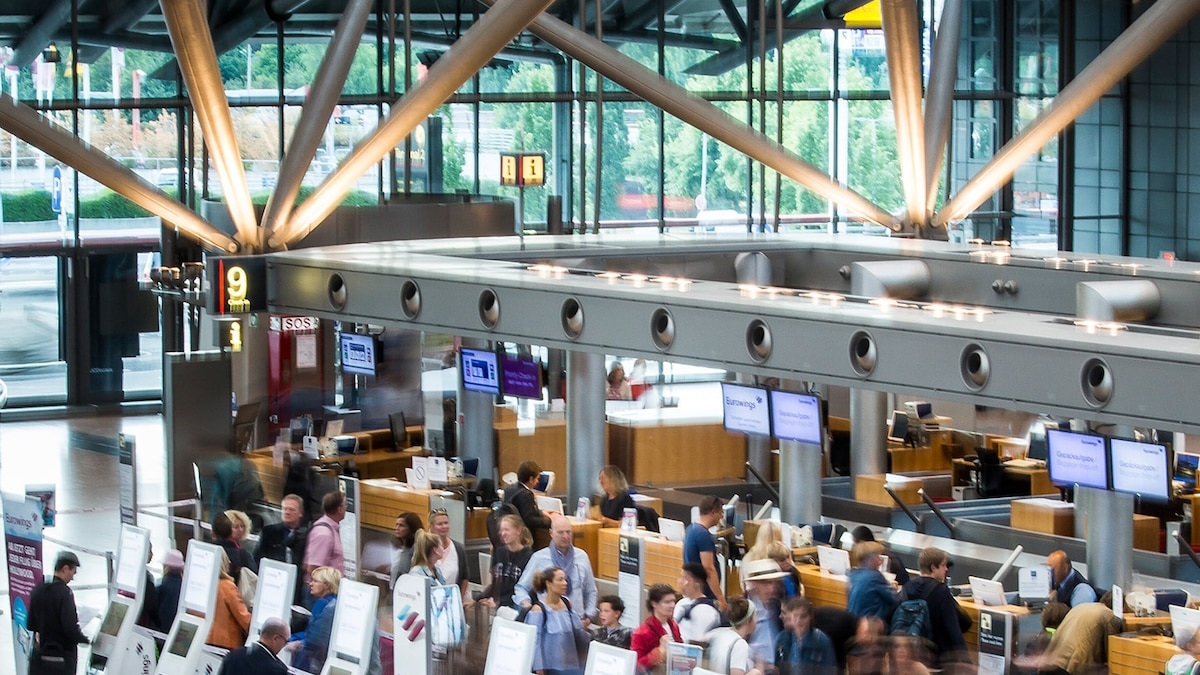What is ETIAS? The European visa waiver system, explained
3 min read
Europe has delayed yet again its new visa waiver system, which by May 2025 will require travelers from the United States and dozens more countries to get pre-approval to enter most European nations.
Called ETIAS (European Travel Information and Authorization System), it will replace manual passport stamping with digital registration, and aims to identify travelers who pose a security risk or are trying to breach immigration laws.
This system was originally set to launch in 2016, but has been postponed repeatedly, most recently last week when the European Union deferred its 2024 rollout. It will be adopted by 30 European countries, including tourist hubs France, Italy, Germany, Spain, and Greece.
ETIAS will apply to more than 60 countries which currently have visa exemptions for Europe, such as the U.S., the United Kingdom, Canada, Australia, Japan, and Singapore.
Travelers from other countries will lose the privilege of using only their passport to visit most of Europe. Instead, they’ll also need to successfully complete an ETIAS application, similar to the U.S.’ ESTA process for granting tourist visa waivers.
The EU warns that travelers will need to apply for ETIAS well in advance—before booking flights or hotels. While most applications will be processed in minutes, some may take weeks.
ETIAS essential info
Once this system is launched, the first step for travelers will be downloading the ETIAS mobile app or visiting its official website.
Travelers will need a passport less than 10 years old, and which doesn’t expire for more than three months.
Travelers will have to submit their passport data, home address, current occupation, level of education, parents’ names, and details of their itinerary in Europe.
Applicants must also disclose criminal convictions, deportations, and past visits to war zones.
(Learn about the the contentious history of the passport.)
After completing this process, travelers will receive an email containing their unique ETIAS number, which they’re advised to keep for future reference.
Airline and Immigration staff will also be able to confirm a traveler’s ETIAS status via their passport number, which is linked to the ETIAS database.
An ETIAS application will cost 7 euros for people between 18 and 70 years old, but will be free for all other ages, and for family members of EU citizens.
An approved ETIAS is valid for three years. Its holder can then stay in participating European nations for a maximum of 90 days during any 180-day period.
This system is being adopted by all 27 countries in Europe’s Schengen Area, as well as Bulgaria, Cyprus, and Romania.
Biometrics won’t be required during an ETIAS application. But travelers using the new system will have to submit to facial and fingerprint scans upon arrival in Europe.
This may increase immigration processing times at European airports, says Kuan-Huei Lee, associate professor of tourism at Singapore Institute of Technology. “If the [biometric] process is added to the entry process, careful logistic planning is crucial to avoid congestion,” Lee says.
(Here’s how to plan a trip around the world.)
ETIAS is also likely to cause disruptions at airports outside of Europe, predicts Jun Wen, professor of tourism at Australia’s Edith Cowan University. He says that in the months after it launches, many travelers won’t know they need an ETIAS, and will then be barred from boarding their flight to Europe.
However, both Wen and Lee believe that ETIAS won’t deter many people from visiting Europe.
Several popular European destinations will not be adopting ETIAS, such as Ireland and the U.K. Travelers from many nations, including the U.S., will still be able to enter these countries simply by providing a valid passport.



